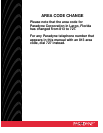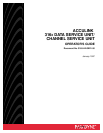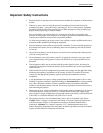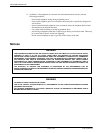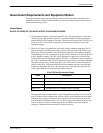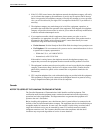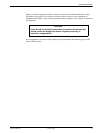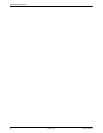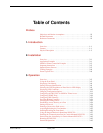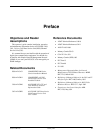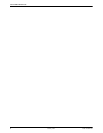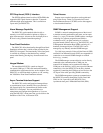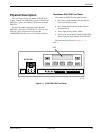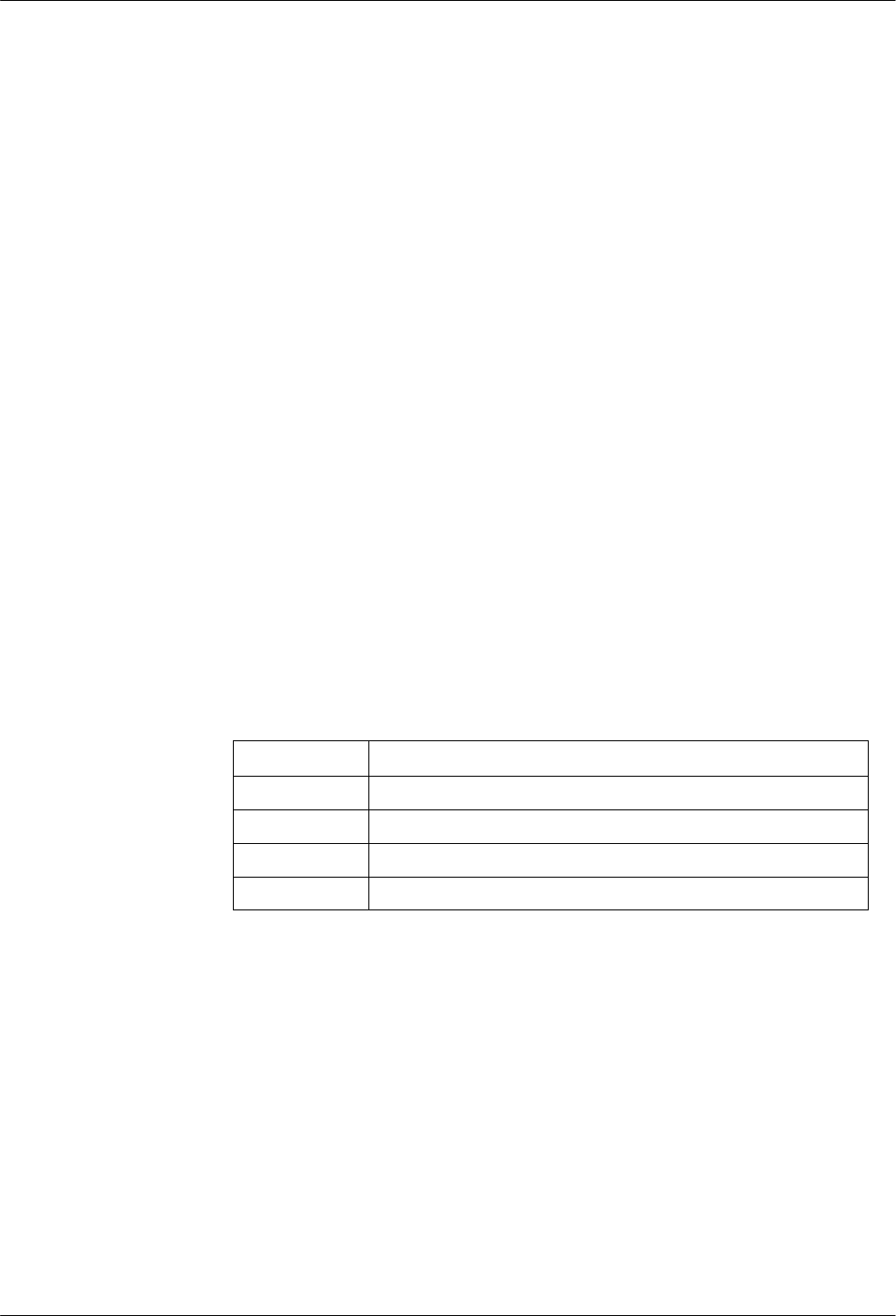
Important Instructions
D3160-A2-GB21-50 January 1997
Government Requirements and Equipment Return
Certain governments require that instructions pertaining to CSU and modem connection to the
telephone network be included in the installation and operation manual. Specific instructions are
listed in the following sections.
United States
NOTICE TO USERS OF THE UNITED STATES TELEPHONE NETWORK
1. This equipment complies with Part 68 of the FCC rules. On the equipment is a label that
contains, among other information, the FCC registration number and ringer equivalence
number (REN) for this equipment. The label is located on the bottom of the 3150 CSU, and
on the 3151 CSU’s circuit card. If requested, this information must be provided to the
telephone company.
2. There are two types of telephone lines associated with the standalone equipment. The T1
network connection should be made using a Universal Service Order Code (USOC) type
RJ48C jack. The Service Order Code 6.0F should be specified to the telephone company
when ordering the T1 line. In addition, the proper Facility Interface Code must be specified
to the Telephone Company. The CSU can be configured to support any of the following
framing format and line signaling techniques. The CSU’s configuration must correspond to
the T1 line’s parameters. The 3150 CSU’s internal modem connects to the Public Switched
Telephone Network using a USOC Type RJ11C jack. The Facility Interface Code 02LS2
along with the RJ11C jack should be specified to the telephone company when ordering a
dial line for the modem. The 3151 CSU connects to the T1 network using the multi-line
USOC-type RJ48H jack and does not have a PSTN interface.
315x CSU Facility Interface Codes
Code
Description
04DU9-BN 1.544 Mbps superframe format (SF) without line power
04DU9-DN 1.544 Mbps SF and B8ZS without line power
04DU9-1KN 1.544 Mbps ANSI ESF without line power
04DU-1SN 1.544 Mbps ANSI ESF and B8ZS without line power
3. The ringer equivalence number (REN) is used to determine the quantity of devices which
may be connected to the telephone line. Excessive RENs on the telephone line may result
in the devices not ringing in response to an incoming call. In most, but not all areas, the
sum of the RENs should not exceed five (5.0). To be certain of the number of devices that
may be connected to the line, as determined by the total RENs, contact the telephone
company to determine the maximum RENs for the calling area.



